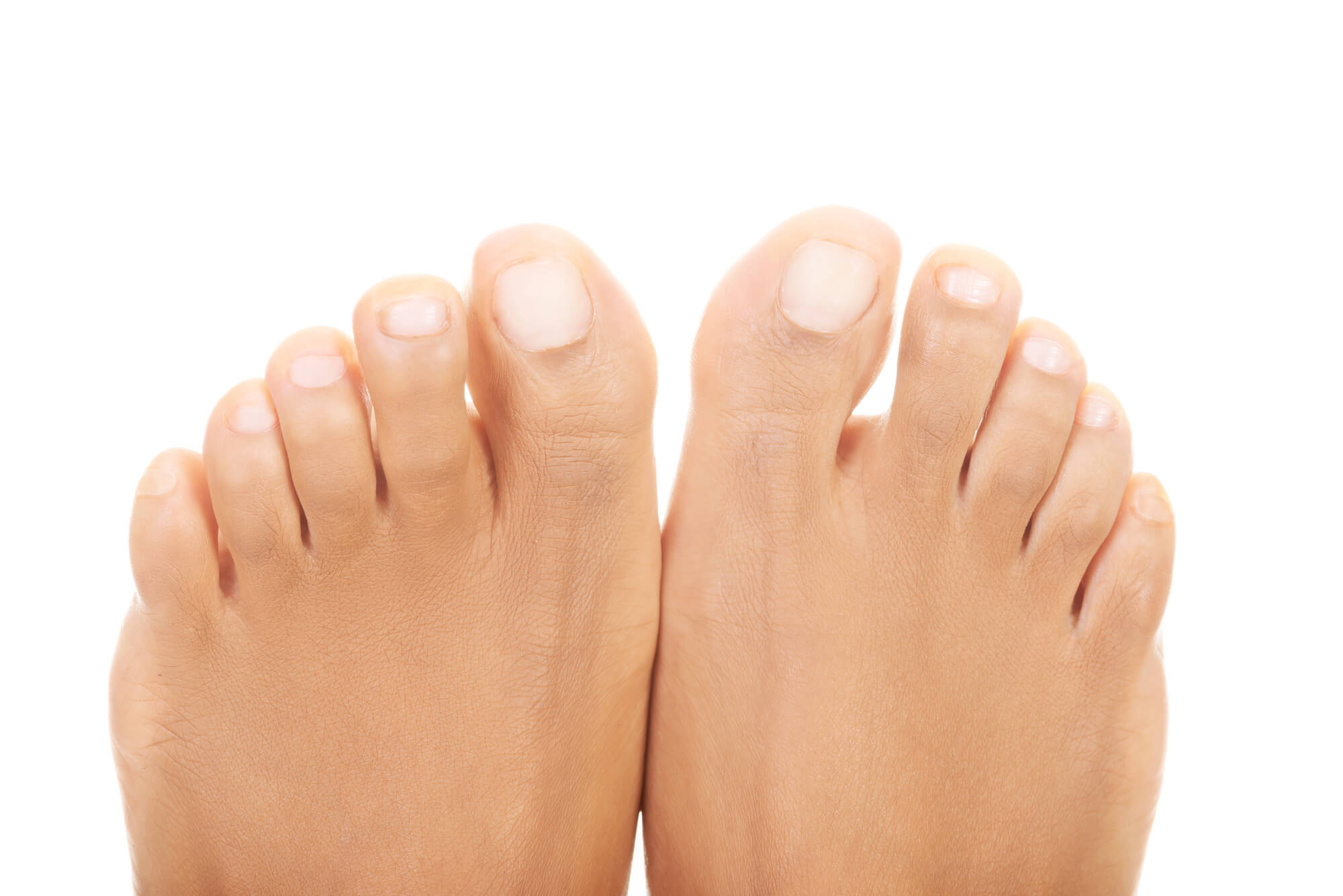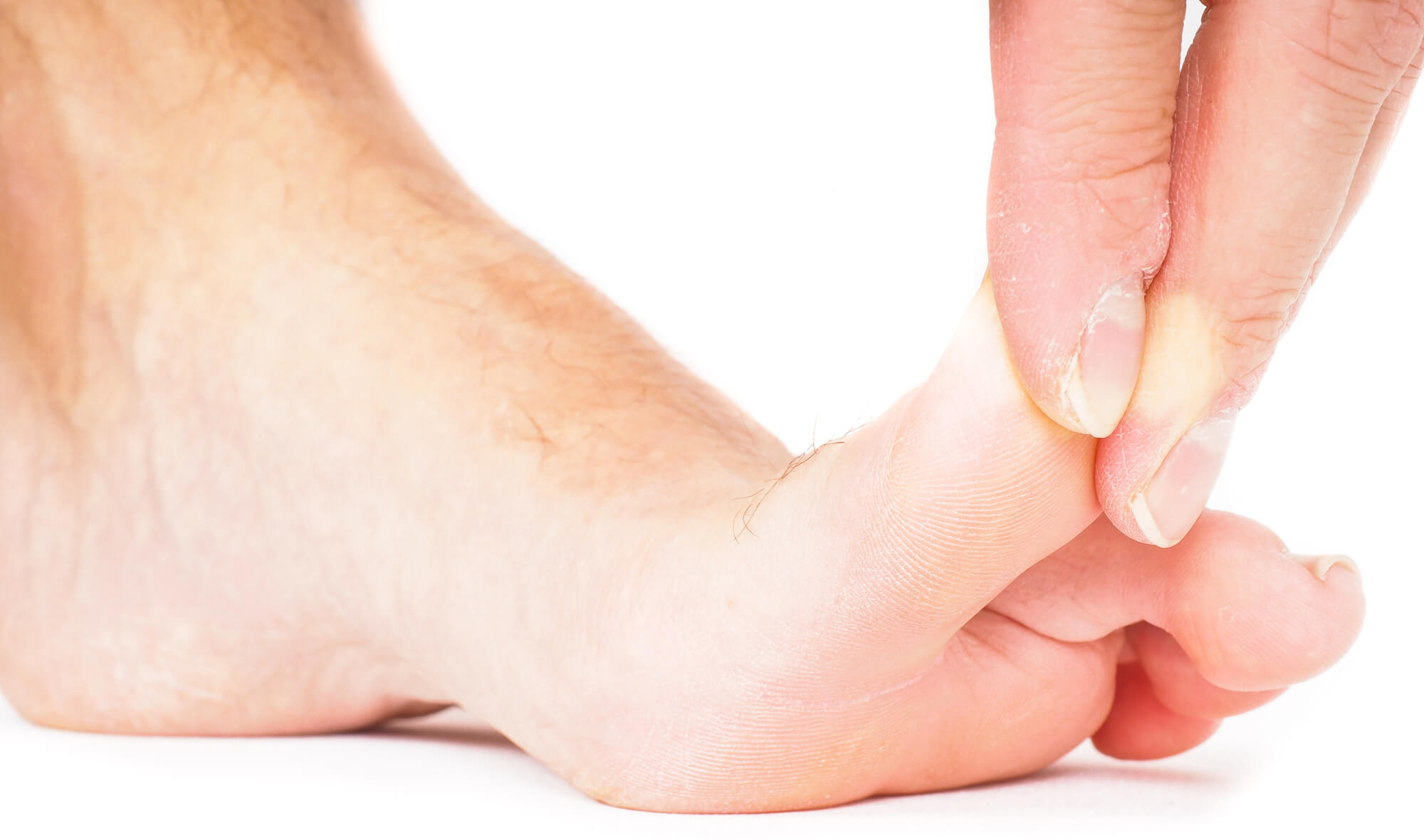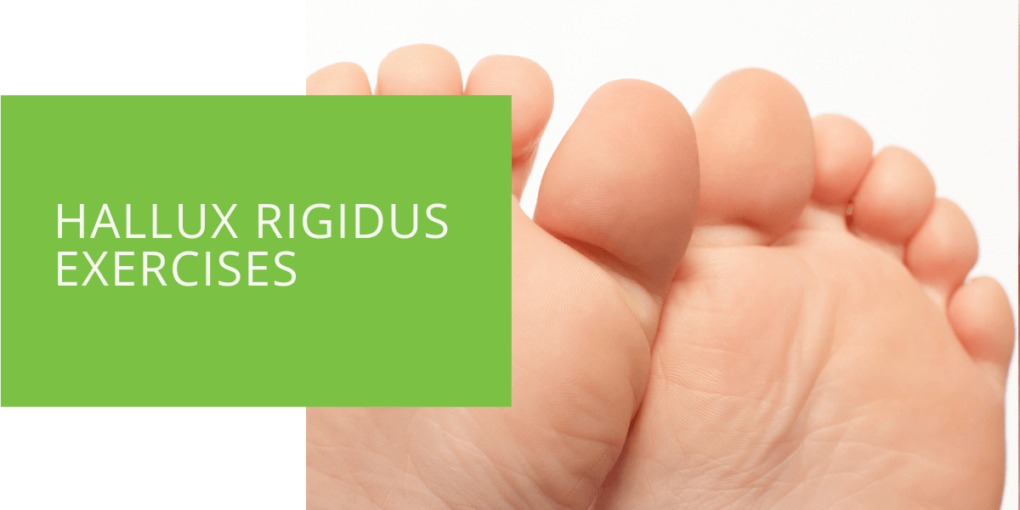Hallux Rigidus Exercises
Hallux rigidus, a degenerative arthritis condition affecting the big toe joint, can cause significant discomfort and impact mobility. Fortunately, incorporating specific exercises into your routine can help improve your range of motion, alleviate pain, and enhance the overall function of the big toe. In this comprehensive guide, we will explore the importance of exercises for hallux rigidus, discuss stretching and strengthening exercises, provide tips for managing big toe pain, and offer additional considerations to help you find relief and regain mobility.
Understanding Hallux Rigidus
What is Hallux Rigidus?
Hallux rigidus, also known as osteoarthritis of the big toe, is a condition characterized by the progressive loss of cartilage in the metatarsophalangeal (MTP) joint. This degeneration leads to pain, stiffness, and limited motion in the big toe.
Causes and Symptoms of Hallux Rigidus
Hallux rigidus can be caused by various factors, including previous injuries, repetitive stress on the joint, hereditary predisposition, or abnormalities in foot structure. Symptoms typically include pain, stiffness, swelling, difficulty walking or running, and reduced range of motion in the big toe joint.
Complications and Impact on Mobility
If left untreated, hallux rigidus can lead to significant complications, including bone spurs, bony overgrowth, and further degeneration of the joint. These complications can further limit mobility, affecting daily activities and overall quality of life.
Importance of Exercises for Hallux Rigidus
Benefits of Exercise for Hallux Rigidus
Engaging in regular exercises tailored specifically for hallux rigidus offers several benefits. Exercises help improve joint flexibility, increase range of motion, strengthen surrounding muscles, and reduce pain and stiffness in the big toe.
Improving Range of Motion and Flexibility
Stretching exercises are crucial in improving the range of motion and maintaining flexibility in the big toe joint. These exercises target the tight and stiff structures around the joint, promoting better mobility and reducing discomfort.
Strengthening the Muscles Supporting the Big Toe
Strengthening exercises improve the strength and stability of the muscles supporting the big toe joint. Strong muscles help alleviate stress on the joint and provide better support during movement.

Stretching Exercises for Hallux Rigidus
Toe Stretches and Flexibility Exercises
Perform gentle toe stretches by using your hands to pull your big toe into extension gently. Hold the stretch for a few seconds and repeat several times. Additionally, you can use your fingers to apply gentle pressure and stretch the toe in different directions to enhance flexibility.
Calf Stretches and Achilles Tendon Mobility
Tight calf muscles and a restricted Achilles tendon can contribute to limited motion in the big toe joint. Performing calf stretches, such as standing calf stretches or wall stretches, can help improve flexibility and promote mobility in the big toe.
Plantar Fascia Stretching Techniques
Stretching the plantar fascia, the band of tissue that runs along the bottom of the foot can help reduce tension and improve overall foot function. Rolling a tennis ball or frozen water bottle under the foot can relieve and enhance flexibility.
Strengthening Exercises for Hallux Rigidus
Toe Pulls and Resistance Exercises
To strengthen the muscles supporting the big toe, perform toe pulls by using your fingers to pull your big toe away from the other toes gently. Hold the position for a few seconds and repeat it several times. Resistance exercises, such as resistance bands, can also be beneficial for building strength in the foot and toe muscles.
Towel Curls and Gripping Exercises
Towel curls involve placing a towel on the floor and using your toes to scrunch it up toward you. This exercise helps improve toe strength and flexibility. Gripping exercises, such as picking up marbles or small objects with your toes, can also enhance toe strength.
Balance and Proprioception Training
Improving balance and proprioception, the body's sense of its position in space is crucial for overall foot stability. Standing on one leg, using a wobble board, or performing balance exercises can help strengthen the foot and ankle muscles, improving stability and reducing the risk of injury.

Managing Big Toe Pain and Discomfort
RICE Method for Pain Relief
When experiencing pain or discomfort in the big toe, the RICE method can provide relief. Resting the foot, applying ice to reduce inflammation, compressing the area with a bandage, and elevating the foot can help alleviate pain and reduce swelling.
Choosing Appropriate Footwear
Wearing appropriate footwear is essential for managing hallux rigidus. Opt for shoes with a wide toe box that provides ample space for the toes to move, and avoid high heels or shoes with rigid soles that can increase pressure on the big toe joint.
Orthotics and Shoe Modifications
Orthotic inserts or custom-made shoe inserts can provide additional support and cushioning to the foot, reducing stress on the big toe joint. In some cases, shoe modifications or specially designed footwear may be recommended to accommodate the specific needs of individuals with hallux rigidus.
Additional Tips and Considerations
Footcare and Self-Massage Techniques
Taking care of your feet through regular foot hygiene, moisturizing, and gentle self-massage techniques can help improve circulation, reduce stiffness, and enhance overall foot health.
Warm-up and Cool-down Routine
Before exercising, performing a proper warm-up routine is important to prepare the foot and toe muscles for activity. After exercising, a cool-down routine, including gentle stretches and relaxation techniques, can help prevent muscle tightness and promote recovery.
Consulting with a Podiatrist
If you are experiencing significant pain or limited mobility or have concerns about your condition, it is recommended to consult with a podiatrist. They can diagnose accurately, tailor an exercise program to your needs, and offer additional treatment options.
Conclusion
Incorporating targeted exercises into your daily routine can significantly improve mobility, alleviate pain, and enhance the overall function of the big toe affected by hallux rigidus. By focusing on stretching exercises to increase flexibility and range of motion, as well as strengthening exercises to support the toe and surrounding muscles, you can effectively manage hallux rigidus symptoms. Remember to consult with a podiatrist for a proper diagnosis and personalized treatment plan, ensuring exercises are performed correctly and safely. Take proactive steps toward your foot health and relieve hallux rigidus discomfort with these targeted exercises.
Key Takeaways
- Hallux rigidus exercises can improve mobility and alleviate pain in the big toe affected by this degenerative arthritis.
- Stretching exercises help increase the big toe joint's flexibility and range of motion.
- Strengthening exercises target the muscles supporting the big toe, providing better support and stability.

